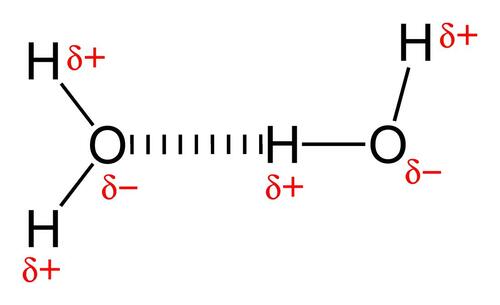The long story of human energy use revolves around two letters: H and C. These letters represent a pair of elements: hydrogen and carbon. Bonded together, they form hydrocarbons. Dating back to antiquity, this is what humanity has burned to unlock the energy that has allowed our species to thrive. Wood heated our shelters and cooked our foods. Coal fueled our power plants to electrify much of civilization. Oil provided an energy-dense fuel to move us rapidly from place to place. Cheap natural gas heats modern homes and is now replacing coal in power plants.
Over time, humanity has transitioned from hydrocarbons with a high proportion of carbon to ones with more hydrogen – truly “decarbonization.” Wood is roughly 10 Cs to 1 H. Coal is 1 to 1. Oil is 1 to 2. Natural gas is 1 to 4. The beauty of this evolution is that our energy sources have grown much, much cleaner over time. When burned, hydrogen transforms into water vapor and heat. The more hydrogen utilized in our energy mix, the better life is for living things on Earth.
For hundreds of years, the energy transition from C to H proceeded in earnest. Coal mostly supplanted wood in the U.S. around 1900 and in the world around 1935. Oil dominated coal in the U.S. around 1950 and in the world around 1970. Natural gas and nuclear were due to reign next, progressing up the hydrogen ladder. But unfortunately, around 1970, the steady escalator to cleaner fuels abruptly ceased.
Jesse H. Ausubel, Director of the Program for the Human Environment and Senior Research Associate at The Rockefeller University in New York City, revealed the disconcerting trend.
“A substitution process that had proceeded happily and unnoticed for about 200 years came to a halt, in fact slightly reversed in the USA and flatlined globally for about 50 years,” he said in a talk given earlier this summer. […]
— Read More: www.zerohedge.com


